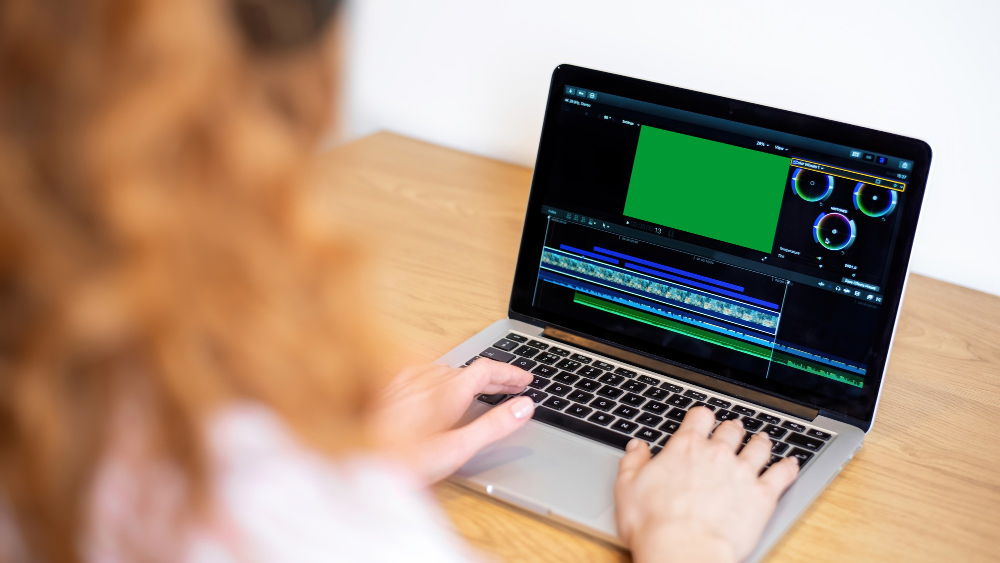Recording interviews is a valuable skill that can enhance your work, whether you’re a journalist, podcaster, or recruiter. It allows you to capture every detail, ensuring accuracy and enabling thorough analysis. But how do you get it right? Let’s dive into some interview tips, tools, and best practices to make your interview recordings top-notch.
Table of contents
- Why Recording Interviews Matters
- Legal and Ethical Considerations
- Essential Equipment for Interview Recording
- Choosing the Right Software
- Setting Up the Perfect Recording Environment
- Best Practices for Conducting Interviews
- Transcribing and Editing Your Recordings
- Storing and Sharing Your Recordings
Why recording interviews matters
Have you ever found yourself struggling to remember the specifics of a conversation? Recording interviews can save you from this hassle. By having a recording, you can revisit the discussion, ensuring you don’t miss any important details or nuances. This is particularly crucial for journalists and researchers, who rely on precise information.
Recording interviews also allows you to focus entirely on the conversation rather than taking notes. You can maintain better eye contact and build a stronger rapport with your interviewee.
Legal and ethical considerations
Before you start recording, it’s important to be aware of the legal and ethical implications. Laws regarding recording conversations vary from place to place. Some regions require both parties to consent to the recording, while others only need one party’s consent.
Always inform your interviewee that you plan to record the conversation and obtain their permission. This not only builds trust but also ensures you’re on the right side of the law.
Essential equipment for interview recording

Choosing the right equipment is key to getting clear and high-quality recordings. Here are some essentials:
- Digital Voice Recorders: These are reliable and offer excellent audio quality.
- Smartphones: Modern smartphones have impressive recording capabilities, especially with external microphones.
- Laptops and Tablets: These can be great for video interviews or using specialized recording software.
Invest in a good microphone. Whether it’s a lavalier mic, a handheld mic, or a USB mic, the quality of your microphone can make a big difference in your recordings.
Choosing the right software
The software you use can greatly affect your recording experience. Here are some popular choices:
- Audacity: A free and open-source audio recording and editing software.
- Zoom: Ideal for video interviews with built-in recording features.
- Rev: Not only records but also offers transcription services.
Test your software before the interview to get familiar with its features and avoid any technical hiccups during the actual recording.
Setting up the perfect recording environment
The environment you choose for your interview can impact the quality of your recording. Here are some tips for setting up your space:
- Quiet Room: Select a location with minimal background noise.
- Soft Furnishings: Carpets, curtains, and cushions can help absorb sound and reduce echo.
- Good Lighting: For video interviews, natural light is best, but ensure it’s not too harsh.
Creating a comfortable and distraction-free environment will help both you and your interviewee stay focused and relaxed.
Best practices for conducting interviews
Conducting a successful interview involves more than just asking questions. Here are some interview tips to keep in mind:
- Prepare your questions: Have a list of questions ready, but be flexible enough to follow interesting tangents.
- Active Listening: Show genuine interest in the responses to encourage your interviewee to open up.
- Create a Comfortable Atmosphere: Make your interviewee feel at ease with some light conversation and humor.
Remember, the goal is to have a natural and engaging conversation. Don’t be afraid to inject a bit of personality and warmth into the dialogue.
Transcribing and editing your recordings

Once you have your recording, transcription is the next step. Here are some tips for this process:
- Automated Transcription Services: Tools like Rev or Otter.ai can save time, but always review for accuracy.
- Manual Transcription: While time-consuming, it ensures you catch every detail.
Editing your transcription is crucial for clarity and conciseness. Remove filler words and irrelevant parts to make the final content more engaging.
Storing and sharing your recordings
After editing, you’ll need to store and share your recordings. Here’s how?
- Cloud Storage: Use services like Google Drive or Dropbox for backup and easy sharing.
- Organize Your Files: Clearly label files with dates and names for easy retrieval.
- Secure Storage: Protect sensitive information by ensuring your files are securely stored.
Sharing your recordings can be as simple as sending a link or embedding audio/video files in your content. Choose the method that best suits your audience.
How can it help IT teams?
In IT, interviews are crucial for finding the right tech talent, understanding what projects need to succeed, and hearing directly from users. Recording interviews can really make a difference:
- Clear Communication: Recording interviews ensures you capture all the details about tech discussions, project requirements, and solutions clearly. This helps everyone understand exactly what’s needed and keeps projects running smoothly.
- Saving Key Insights: Interviews often reveal important insights into what users really want and how systems should function. Recording these conversations helps keep clear records of what’s crucial for projects and tech tasks.
- Working Together Better: Share recorded interviews with the team and bosses to work better together. It helps everyone understand what’s needed and make better decisions.
- Teaching New People: Use recordings of experts or senior team members to teach new hires. They get real examples and learn how things really work in your team.
- Following the Rules: IT has rules and checks. Recording interviews helps you stay on track with laws and rules by keeping clear records of what was said and decided.
Conclusion
Recording interviews can greatly enhance your work by ensuring accuracy and providing a rich resource for analysis. By following these interview tips and best practices, you’ll be well-equipped to record high-quality interviews every time. Preparation, the right tools, and a comfortable environment are key to successful recordings. Happy interviewing!



